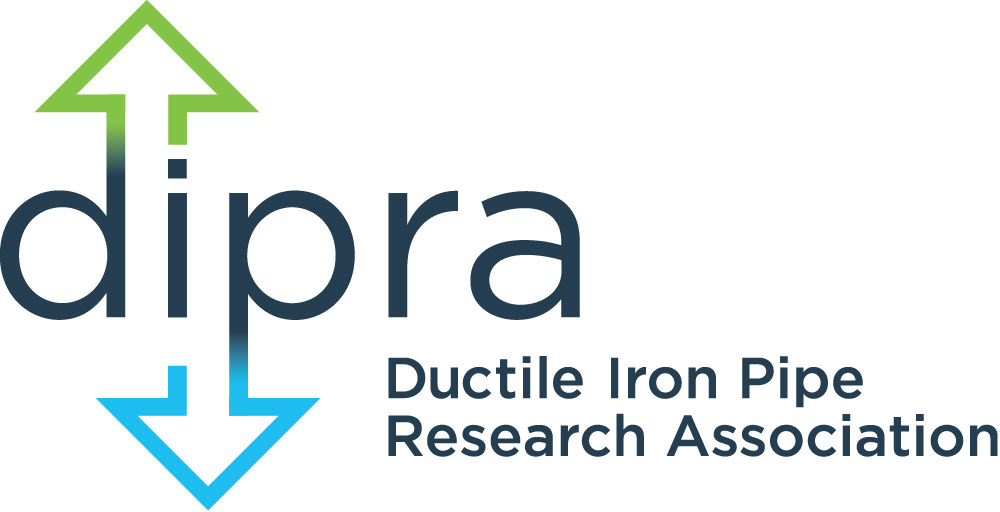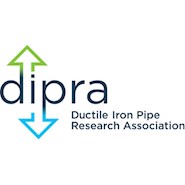
With infrastructure funding under pressure and climate resilience more critical than ever, communities can no longer afford to think short-term. The question for today’s engineers and utility leaders isn’t just “What’s cheapest to install?”—it’s “What will perform reliably for 100 years or more?”
That’s why more municipalities are turning to Ductile iron pipe. With an average expected service life exceeding a century, unmatched structural strength, and virtually no maintenance required, it remains one of the smartest long-term investments in water infrastructure today.
The True Cost of Pipe Isn’t in the Purchase Price
Plastic alternatives may seem appealing at first glance due to their lower upfront material cost, but that’s only part of the picture. Installation, maintenance, repairs, and early replacement can drive up total ownership costs over time.
In contrast, Ductile iron pipe offers:
- 100+ years expected service life
- Exceptional structural integrity under roadways and deep cover
- High-pressure tolerance without deformation
- Hazardous-free materials safe for drinking water
- 100% recyclable at end-of-life
And because it’s made with a minimum average of 90% recycled material, Ductile iron pipe supports sustainability goals while reducing landfill waste and raw material demand.
Why Lifecycle Matters More Than Ever
In the face of tightening budgets, climate change, and aging infrastructure, lifecycle planning is no longer optional. Every dig, repair, or pipe failure adds cost, disrupts service, and burdens future capital planning. A system built to last 30 years requires two to three full replacements over the span of a single Ductile iron pipeline.
For water systems expected to serve populations for generations, that math adds up quickly.
Resilient by Nature, Reliable by Design
Ductile iron pipe’s resilience is more than theoretical; it’s been proven through:
- Seismic performance in earthquake-prone regions
- Fire resistance under extreme heat exposure
- Corrosion control through cement lining and polyethylene encasement
- Load tolerance under highways, airports, and heavy rail corridors
Engineers have trusted Ductile iron pipe in applications where strength, safety, and longevity cannot be compromised—from dense urban grids to remote rural systems.
Smarter Design Starts with Better Data
DIPRA provides tools, case studies, and expert support to help engineers model lifecycle costs, design for durability, and select the most sustainable materials from the outset.
Our resources empower decision-makers to move beyond lowest-bid thinking and toward value-based engineering. Where cost, risk, environmental impact, and long-term performance are all factored into every design.
Design Smarter. Build for the Future.
The next generation of infrastructure demands more than short-term fixes. It needs long-term thinking, proven materials, and systems that work as hard tomorrow as they do today.
That’s the promise of Ductile iron pipe: A century of reliable performance, designed for strength, built for sustainability, and ready to serve for decades to come.
Learn more about lifecycle design and Ductile iron pipe’s 100-year performance at www.dipra.org.




